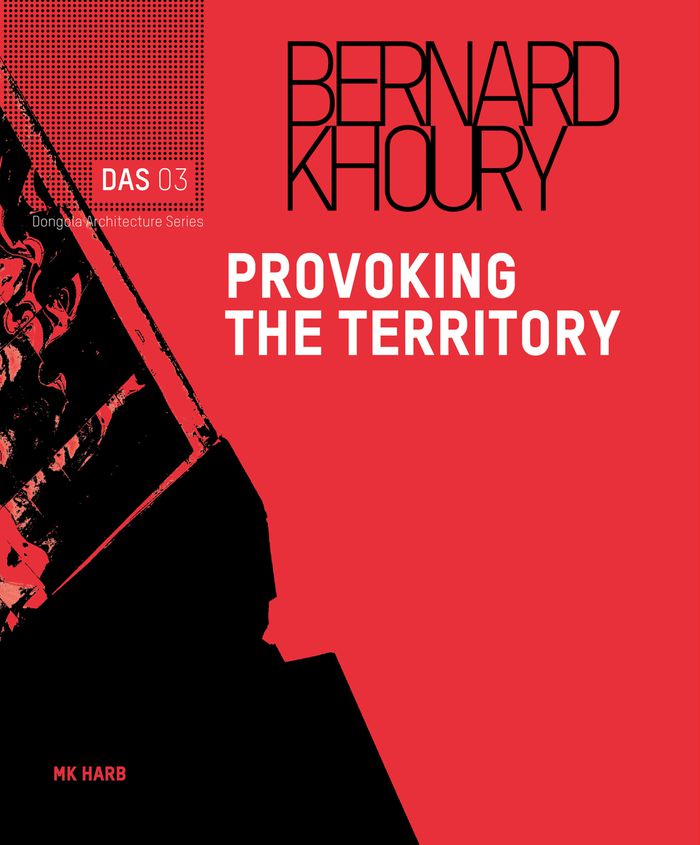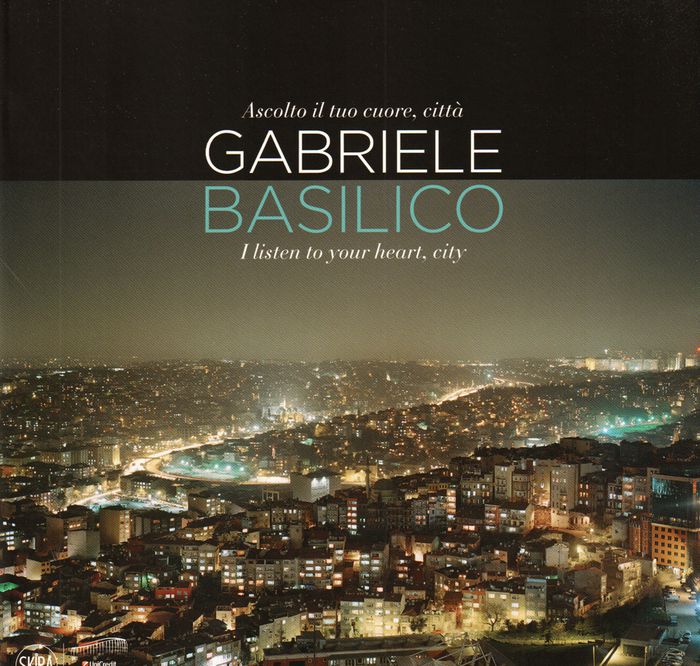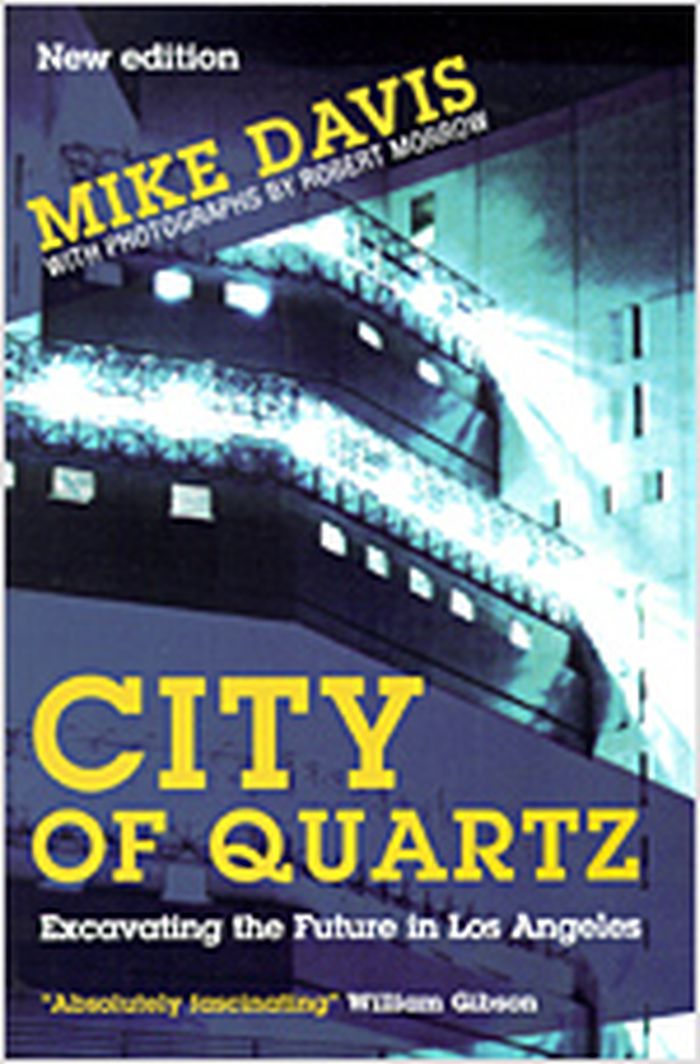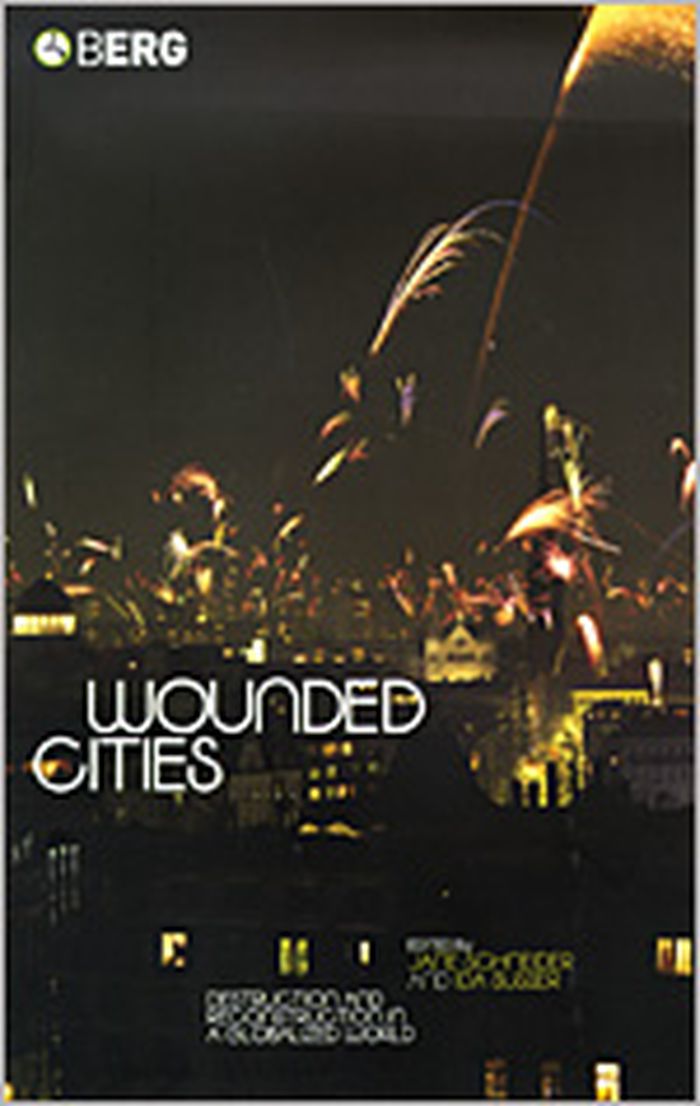$110.00
(available in store)
Summary:
The third installment in the Dongola Architecture Series, "Provoking the territory: Bernard Khoury", explores the provocative and often polarizing practice of Lebanese architect Bernard Khoury through an intimate lens rooted in Beirut. As with previous volumes, the series privileges critical conversations over monographic celebration—this edition not only follows Khoury’s(...)
Bernard Khoury: Provoking the territory. Dongola Architecture Series DAS 03
Actions:
Price:
$110.00
(available in store)
Summary:
The third installment in the Dongola Architecture Series, "Provoking the territory: Bernard Khoury", explores the provocative and often polarizing practice of Lebanese architect Bernard Khoury through an intimate lens rooted in Beirut. As with previous volumes, the series privileges critical conversations over monographic celebration—this edition not only follows Khoury’s trajectory from student to self-reinvention in his fifties, but also presents him as both a product and provocateur of the city’s contradictions. This volume uses Khoury’s work not simply as an archive of built projects, but as an investigative framework for understanding Beirut’s urban complexities. It asks: how can an architect simultaneously challenge power and profit from it? Can one critically portray a city while being embedded in its elite networks? Following the structure of earlier volumes, "Provoking the territory" mobilizes Khoury’s thinking as a lens to reflect on regional failures to modernize, unlearn dominant fictions, and dive fearlessly into the architectural imaginaries of the Arab world. It is an invitation to confront the ethics, politics, and aesthetics of urban storytelling.
Architecture Monographs
$35.00
(available to order)
Summary:
With over 150 photographs, this publication covers the main themes in the body of work of Gabriele Basilico (Milan, 1944–2013), in particular his relationship with cities and urban landscapes. Beginning with the Milano: Ritratti di fabbriche cycle from the late 1970s, this book follows the evolution of Basilico’s artistic language from his legendary pictures taken in(...)
Photography monographs
October 2016
Gabriele Basilico: I listen to your heart, city
Actions:
Price:
$35.00
(available to order)
Summary:
With over 150 photographs, this publication covers the main themes in the body of work of Gabriele Basilico (Milan, 1944–2013), in particular his relationship with cities and urban landscapes. Beginning with the Milano: Ritratti di fabbriche cycle from the late 1970s, this book follows the evolution of Basilico’s artistic language from his legendary pictures taken in France and in major ports across Europe in the 1980s to the 1991 series devoted to Beirut, which had just left behind its long civil war, up to his final work on the renewal of the Porta Nuova district in Milan. The main core of works in this publication consists of the fifty portraits of cities which the artist took over the course of his career: Paris, Madrid, Berlin, Moscow, San Francisco, Istanbul, Rio de Janeiro, and Shanghai intermingle and dialogue through Basilico’s impassioned and contemplative gaze. He was able to interpret the passage of time, transformations in architecture, and unexpected analogies in an endless journey across the bodies of cities.
Photography monographs
$26.95
(available to order)
Summary:
This new edition of Mike Davis’s work gives an update on Los Angeles as the city hits the 21st century. No metropolis has been more loved or more hated. To its official boosters, “Los Angeles brings it all together.” To detractors, LA is a sunlit mortuary where “you can rot without feeling it.” To Mike Davis, the author of this wide-ranging work of social history, Los(...)
City of quartz : excavating the future in Los Angeles, new edition
Actions:
Price:
$26.95
(available to order)
Summary:
This new edition of Mike Davis’s work gives an update on Los Angeles as the city hits the 21st century. No metropolis has been more loved or more hated. To its official boosters, “Los Angeles brings it all together.” To detractors, LA is a sunlit mortuary where “you can rot without feeling it.” To Mike Davis, the author of this wide-ranging work of social history, Los Angeles is both utopia and dystopia, a place where the last Joshua trees are being plowed under to make room for model communities in the desert, where the rich have hired their own police to fend off street gangs, as well as armed Beirut militias. In "City of quartz", Davis reconstructs LA’s shadow history and dissects its ethereal economy. He tells us who has the power and how they hold on to it. He gives us a city of Dickensian extremes, Pynchonesque conspiracies, and a desperation straight out of Nathaniel West—a city in which we may glimpse our own future mirrored with terrifying clarity. In this new edition, Davis provides an update on the city’s current status.
Urban Theory
books
$59.50
(available to order)
Summary:
From the targeted demolition of Mostar's Stari-Most Bridge in 1993 to the physical and social havoc caused by the 2004 Boxing Day Tsunami, the history of cities is often a history of destruction and reconstruction. But what political and aesthetic criteria should guide us in the rebuilding of cities devastated by war and natural calamities? This publication points to(...)
Architects without frontiers: war, reconstruction and design responsibility
Actions:
Price:
$59.50
(available to order)
Summary:
From the targeted demolition of Mostar's Stari-Most Bridge in 1993 to the physical and social havoc caused by the 2004 Boxing Day Tsunami, the history of cities is often a history of destruction and reconstruction. But what political and aesthetic criteria should guide us in the rebuilding of cities devastated by war and natural calamities? This publication points to the potential for architects to play important roles in post-war relief and reconstruction. Charlesworth suggests that architects and design professionals have a significant opportunity to assist peace-making and reconstruction efforts in the period immediately after conflict or disaster, when much of the housing, hospital, educational, transport, civic and business infrastructure has been destroyed or badly damaged. Through selected case studies, Charlesworth examines the role of architects, planners, urban designers and landscape architects in three cities following conflict - Beirut, Nicosia and Mostar - three cities where the mental and physical scars of violent conflict still remain. This book expands the traditional role of the architect from 'hero' to 'peacemaker' and discusses how design educators can stretch their wings to encompass the proliferating agendas and sites of civil unrest.
books
April 2006
Architectural Theory
books
Hotel interior structures
$53.99
(available to order)
Summary:
The steep increases recently witnessed in both business and leisure travel have helped provoke a new variety in hotel interiors, and designers from various disciplines are now establishing a range of design solutions catering to the widely differing demands of each client type, giving new identities to hotels. From the boutique hotel to the airport atrium, the urban(...)
Commercial interiors, Building types
May 2003, Chichester
Hotel interior structures
Actions:
Price:
$53.99
(available to order)
Summary:
The steep increases recently witnessed in both business and leisure travel have helped provoke a new variety in hotel interiors, and designers from various disciplines are now establishing a range of design solutions catering to the widely differing demands of each client type, giving new identities to hotels. From the boutique hotel to the airport atrium, the urban retreat to the contemporary resort, the immensity of Vegas to the intimacy of Beirut, "Hotel Interior Structures" presents a wide range of these new design trends found in present-day hotel interiors. This volume aims to offer architects, interior designers and hotel owners - as well as those with a more general interest in the use of interior design detail to create a particular atmosphere or living experience - a valuable insight into the what, why and how of current design directions for hotels across the globe. Identifying ten hotel types that have been conceived within the last ten years, it features text, plans and detailed photography of a selection of hotels of each type, as well as interviews with some of the key figures involved. With examples of hotels in major cities and resorts worldwide - from London, Paris and New York to locations in Japan, Egypt and Lebanon - it gives a complete picture of the creativeness and imaginativeness of hotel interior design at the beginning of the 21st century.
books
May 2003, Chichester
Commercial interiors, Building types
$37.50
(available to order)
Summary:
Although the seemingly apocalyptic scale of the World Trade Center disaster continues to haunt people across the globe, it is only the most recent example of a city tragically wounded. Cities are, in fact, perpetually caught up in cycles of degeneration and renewal. As with the WTC, from time to time these cycles are severely ruptured by a sudden, unpredictable event.(...)
Wounded cities : destruction and reconstruction in a globalized world
Actions:
Price:
$37.50
(available to order)
Summary:
Although the seemingly apocalyptic scale of the World Trade Center disaster continues to haunt people across the globe, it is only the most recent example of a city tragically wounded. Cities are, in fact, perpetually caught up in cycles of degeneration and renewal. As with the WTC, from time to time these cycles are severely ruptured by a sudden, unpredictable event. In the wake of recent terrorist activities, this timely book explores how urban populations are affected by "wounds" inflicted through violence, civil wars, overbuilding, drug trafficking, and the collapse of infrastructures, as well as "natural" disasters such as earthquakes. Mexico City, New York, Beirut, Belfast, Bangkok and Baghdad are just a few examples of cities riddled with problems that undermine, on a daily basis, the quality of urban life. What does it mean for urban dwellers when the infrastructure of a city collapses – transport, communication grids, heat, light, roads, water, and sanitation? What are the effects of foreign investment and huge construction projects on urban populations and how does this change the "look" and character of a city? How does drug trafficking intersect with class, race, and gender, and what impact does it have on vulnerable urban communities? How do political corruption and mafia networks distort the built environment? Drawing on in-depth case studies from across the globe, this book answers these intriguing questions through its rigorous consideration of changing global and national contexts, social movements, and corrosive urban events. Adopting a "grass roots up" approach, it places emphasis on people’s experiences of uneven development and inequality, their engagement with memory in the face of continual change, and the relevance of political activism to bettering their lives. It is especially attentive to the historical interaction of particular cities with wider political and economic forces, as these interactions have shaped local governance over time. Imagining each city as a "body politic", the authors consider its capacity both to mediate local conflict and to broach the healing of wounds.
Urban Theory
$29.95
(available to order)
Summary:
Van Alen Institute mounted the exhibition "Renewing, Rebuilding, Remembering" to demonstrate how cities, after incomparable loss of people and places, find ways to plan, design, and reconstruct the life of the city. The book is both a catalogue and a special edition of our series of "Van Alen Reports," the publication both documents the exhibit and expands on it with(...)
Information exchange : how cities renew, rebuild, and remember
Actions:
Price:
$29.95
(available to order)
Summary:
Van Alen Institute mounted the exhibition "Renewing, Rebuilding, Remembering" to demonstrate how cities, after incomparable loss of people and places, find ways to plan, design, and reconstruct the life of the city. The book is both a catalogue and a special edition of our series of "Van Alen Reports," the publication both documents the exhibit and expands on it with personal essays, articles and interviews. The point of the exhibition was not to compare catastrophes, but to compare, contrast, and try to explicate and understand initiatives, projects, plans, and actions that took place after the bomb, the earthquake, the war. After that, what worked, what would they do differently, what mattered right away, what mattered for the long-term? In October, the Institute put out a call for ideas for the exhibit. Students, designers, planners, artists, professors, photographers, public officials and a wide range of respondents from around the world were generous in suggesting places, projects, issues, and designs that were telling for the future of New York. From this response and ongoing research, the Institute chose to focus on specific processes and projects in seven cities. In Beirut, a public art installation that progressed through the city was a first step in reclaiming its war-torn districts, and the Lebanese capital has continued not only with master plans and major new developments, but also with works such as the Garden of Forgiveness, grappling with a hard history to contemplate. In Berlin, a center for information about the city and its reconstruction rose above the ruins of the Berlin Wall, half a century after the city had been devastated and divided. In San Francisco, an earthquake left the elevated highway downtown in such precarious decision that the city decided to tear it down-and implement a long-held dream of reopening the city to the waterfront. In Kobe, where an earthquake resulted not only in billions of dollars of damage to infrastructure, but also in a terrible loss of life, architects responded with an outpouring of energy to survey the damage and construct innovative emergency housing, proving the old adage that necessity is the mother of invention. In addition, they strove to understand the disaster, building a museum about, and at, the geological fault that brought down so much of their city. Manchester had a terrorist attack in the mid-1990s, and rebuilt its center city better than before, as well as setting up an institute for the study of cities around the world, to better understand that the life of the city and its public realm can not be taken for granted. So, too, did Oklahoma City, where a public process led to an international design competition for a memorial, and the city has rebuilt itself around it. Sarajevo, after years of civil war, pulled together its citizens through restoring the landmarks of their public life.
Urban Theory




